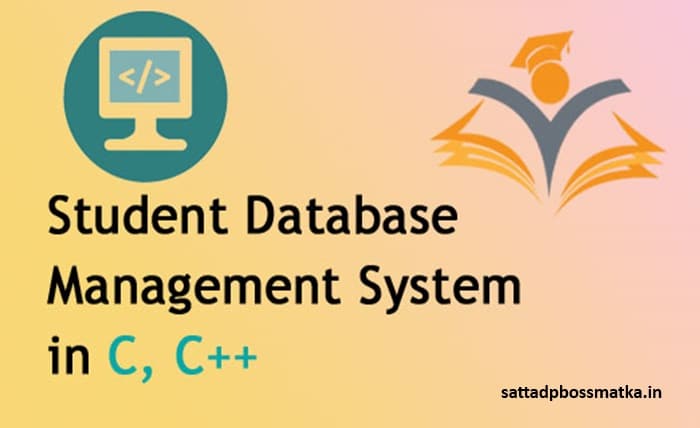
Building a Better Learning Experience: The Power of Student Databases
In today’s tech-driven educational landscape, efficient data management is key. Student databases play a crucial role in streamlining administrative tasks and fostering a more personalized learning experience. This blog post dives into the world of student databases, exploring their benefits, functionalities, and considerations for implementation.
Demystifying the Term: What is a Student Database?
A student database is a centralized electronic system that stores and organizes student information. This data can include everything from basic contact details and academic records to attendance statistics and disciplinary reports.
Unveiling the Advantages: Why Use a Student Database?
Student databases offer a plethora of benefits for both educators and administrators:
- Improved Efficiency: Streamline administrative tasks like enrollment, record keeping, and communication.
- Data-Driven Decisions: Gain valuable insights into student performance, demographics, and trends to inform teaching strategies and resource allocation.
- Personalized Learning: Facilitate differentiated instruction by tailoring learning plans based on individual student needs and strengths.
- Enhanced Communication: Facilitate communication between teachers, parents, and students with centralized contact information and messaging tools.
- Informed Collaboration: Enable teachers and support staff to share data and collaborate to better support student success.
- Improved Security: Securely store and manage sensitive student data with access control features.
- Reporting and Compliance: Generate reports for various purposes including attendance tracking, standardized testing, and accreditation requirements.
Beyond the Basics: Key Features of Student Databases
The functionalities of a student database can vary depending on the chosen software. However, some common features include:
- Student Profiles: Create comprehensive profiles for each student containing personal information, academic records, attendance data, and communication tools.
- Grade Management: Track student grades, assignments, and test scores for easy access and analysis.
- Attendance Tracking: Monitor attendance patterns and identify students who might need additional support.
- Reporting Tools: Generate reports on various aspects of student performance and school demographics.
- Communication Tools: Facilitate communication between teachers, parents, and students with features like email integration and messaging platforms.
Choosing the Right Fit: Considerations for Implementing a Student Database
Before implementing a student database, consider these factors:
- School Needs: Identify the specific needs of your school and choose a database that offers the desired functionalities.
- Data Security: Ensure the chosen platform prioritizes data security and complies with relevant privacy regulations.
- Scalability: Consider the size of your school and choose a database that can accommodate future growth.
- User Interface: Opt for a user-friendly interface that allows staff to easily navigate and utilize the system’s features.
- Budget: Research available student database solutions and choose one that aligns with your school’s budget.
Conclusion: Empowering Educators, Transforming Learning
By leveraging student databases, schools can unlock a wealth of data to personalize learning experiences and optimize educational outcomes. With efficient data management and insightful reporting, educators can make informed decisions, build stronger relationships with students and parents, and ultimately, empower students to reach their full potential.
Frequently Asked Questions
Q: Are student databases safe?
A: Data security should be a top priority. Choose a student database that offers robust security features and complies with data privacy regulations.
Q: How much do student databases cost?
A: The cost of a student database can vary depending on the features offered, the size of your school, and the chosen vendor. Research and compare different options before making a decision.
Q: Do parents have access to the student database?
A: Access to student data is typically restricted to authorized personnel. However, some databases offer features that allow parents to view specific information about their child’s academic performance.
Q: Can student databases replace teachers?
A: Absolutely not! Student databases are a valuable tool to support educators, not replace them. Teachers still play a vital role in guiding students and fostering a positive learning environment.
Q: What are some popular student database solutions?
A: Several student database solutions are available on the market. It’s crucial to research and compare features, security measures, and user reviews before choosing the best fit for your school.




